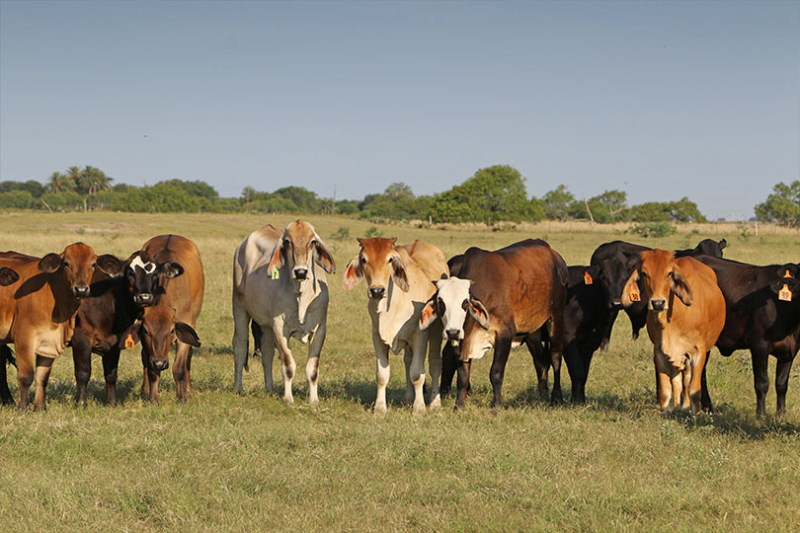By Julie Tomascik
Editor
This week, Mexico agreed to the U.S.’ demands in efforts to control the spread of the New World screwworm.
Mexico committed to eliminate restrictions on U.S. Department of Agriculture (USDA) aircraft, to increase surveillance and to waive customs duties on eradication equipment aiding in the response efforts to the spread of the pest.
This agreement follows USDA’s letter to Mexico pushing for a resolution to the restrictions.
“I am happy to share Mexico has continued to partner in emergency efforts to eradicate the New World screwworm. This pest is a devastating threat to both of our economies, and I am pleased to work together with Mexico in good faith to protect the livelihoods of our ranchers and producers who would have been hurt by this pest,” U.S. Secretary of Agriculture Brooke Rollins said.
The border will remain open to livestock imports from Mexico, but USDA said closure will be revisited if, at any time, the terms are not upheld.
“Preventing screwworms from entering Texas is critical for our ranchers, especially the cattle market and wildlife populations,” said Tracy Tomascik, Texas Farm Bureau associate director of Commodity and Regulatory Activities. “Our livestock industry relies on healthy herds, and this agreement helps safeguard animal health and better protects food security.”
New protocols for livestock imports, developed in collaboration with Mexican authorities, were also established in February.
The measures include enhanced inspections, stricter treatment protocols and increased monitoring at select, USDA-approved border facilities to ensure cattle entering the U.S. are free of screwworm infestations. Trained veterinarians will treat and inspect animals for screwworms before they move into the U.S., and all imported livestock will undergo a dipping process to eliminate ticks and other insects.
The pest is a deadly, parasitic fly that infests warm-blooded animals, causing severe wounds and complications that can lead to death.
The best way to prevent screwworm infestations, according to USDA’s Animal and Plant Health Inspection Service, is through proactive control measures. Eradication is achieved by releasing sterile male flies to mate with fertile female flies, which only mate once in their lifetime. As a result, no offspring are produced, causing the population to steadily decline until it is eliminated. This method successfully eradicated the pest from the U.S. in 1966.
USDA estimates that the eradication of the New World screwworm saves the U.S. livestock industry over $900 million annually. This figure reflects the prevention of potential losses in livestock production due to screwworm infestations.


Leave A Comment